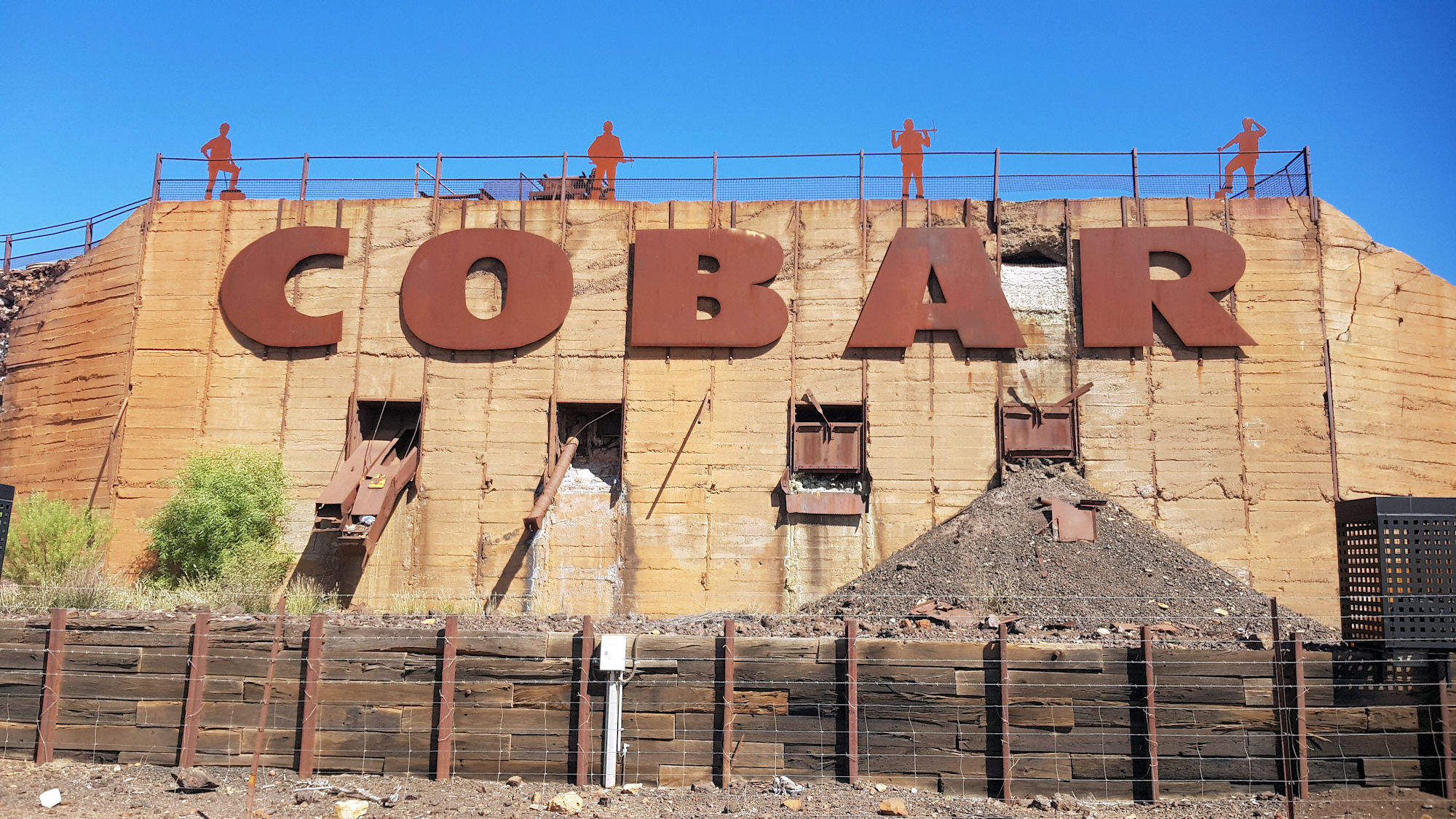Tag: travel
-
Chinese Garden of Friendship

Chinese Garden of Friendship Located in Darling Harbour next to Chinatown, the Chinese Garden of Friendship has been a place of relaxation in Sydney since 1988. Built as a symbol of friendship between Sydney, New South Wales and the city of Guangzhou in the province of Guangdong, China (sister cities of sister states), to mark… Read more
-
Nyngan and the Big Bogan

Nyngan Located in the Orana Region of central New South Wales, Nyngan is the home of the Big Bogan, a helicopter memorial and several interesting museums. This was our second stop on a road trip out west and our first overnight stop. Like many outback towns. there is a nice sign welcoming you to town,… Read more
